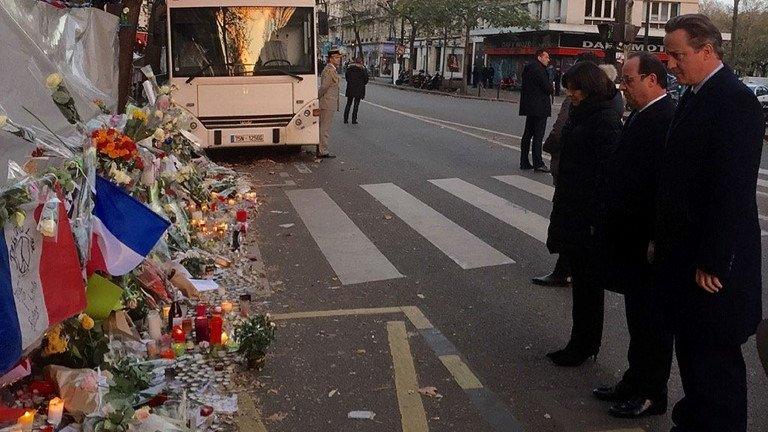Defence review: Main developments at a glance
- Published
Prime Minister David Cameron's defence announcements include two squadrons of F-35 jets for the Royal Navy's aircraft carriers, nine new maritime patrol aircraft and two 5,000-strong "strike brigades".
They were announced as part of an extra £12bn of spending on defence equipment - part of the government's £178bn overall defence equipment and support budget during the next decade.
Here are some of the main developments in the government's Strategic Defence and Security Review:

Trident
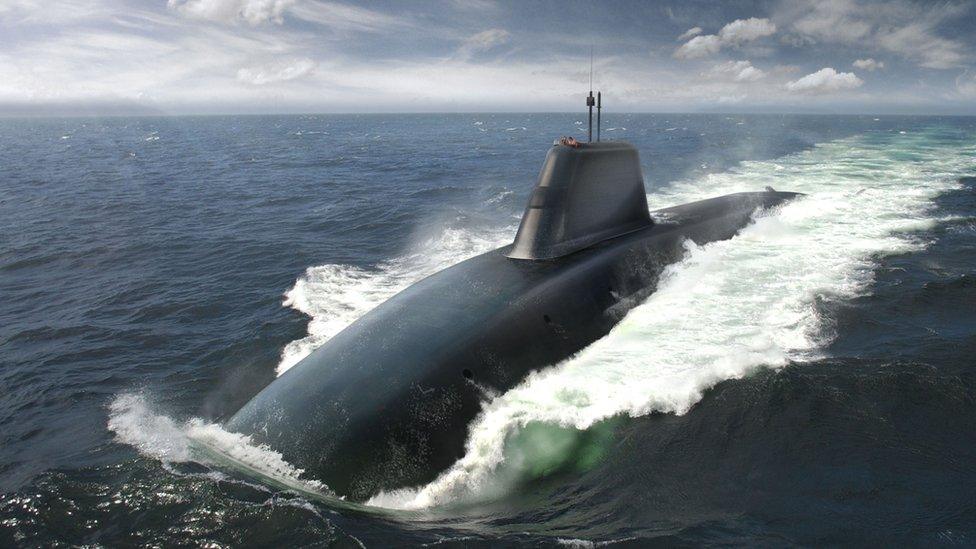
Mr Cameron confirmed the government's commitment to replace the Trident nuclear weapon system
The cost of four new submarines, to replace the old Vanguard submarines, was put at £31bn - a rise of £6bn - with a further contingency of £10bn
The MoD has put back the estimated date of completion for the first Successor submarine to "the early 2030s" - it was previously 2028

Terror troops
Contingency plans were announced for up to 10,000 troops to be deployed in the event of a Paris-style terror attack in the UK
Military personnel will not take over from the police in emergencies, but will be at their disposal for various roles including providing security cordons
The number effectively doubles the level of troops - from the current 5,000 - trained to support police in the event of an attack
The prime minister said it would end the "artificial divide" between the police and the Army
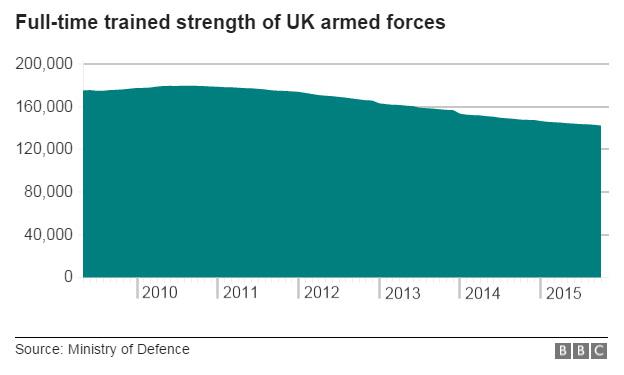

Maritime patrol aircraft
Boeing P8
-
4,500 miles (7,200 km) maximum range without refuelling
-
490 knots (910km/h; 560mph) maximum speed
-
28 P-8A Poseidon aircraft in use by the United States
-
2 other countries, India and Australia, have variants of the aircraft in use or on order
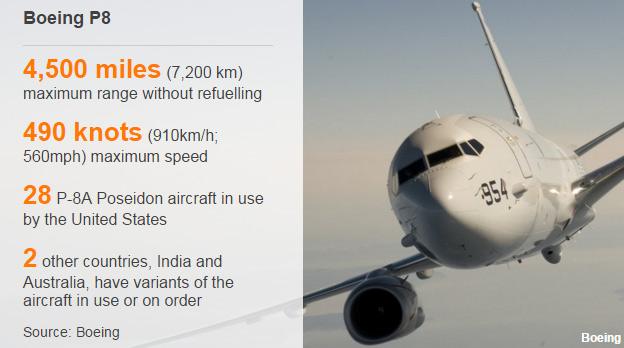
There will be nine new Boeing P8 maritime patrol aircraft for surveillance, and anti-submarine and anti-surface ship warfare
Downing Street says this will increase protection of the UK's nuclear deterrent and its latest aircraft carriers when they come into service
Fitted with sensors including radar and sonobuoys (small buoy dropped from an aircraft or a ship for acoustic research or for warfare) operated by a team of specialists from the rear of the cabin. Can also carry torpedoes
They are capable of carrying out search and rescue missions over sea, and surveillance over land

Strike brigades
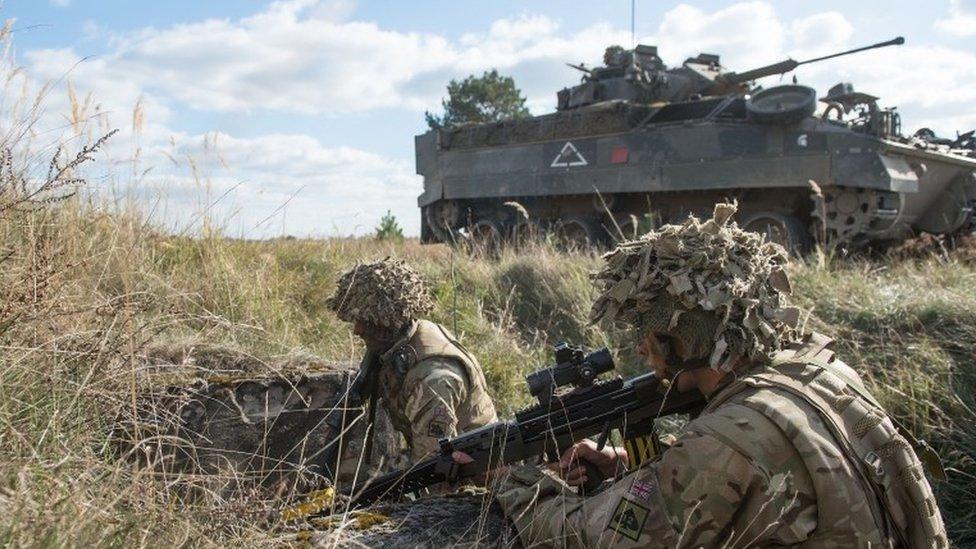
Two new "strike brigades" will be created by 2025.
These are designed to be rapidly deployable over thousands of kilometres thanks to "a much lower logistical footprint"
Each brigade will comprise 5,000 personnel from existing Army numbers
They will use a new range of 600 Scout armoured vehicles, which has six variants

Typhoon multi-role aircraft
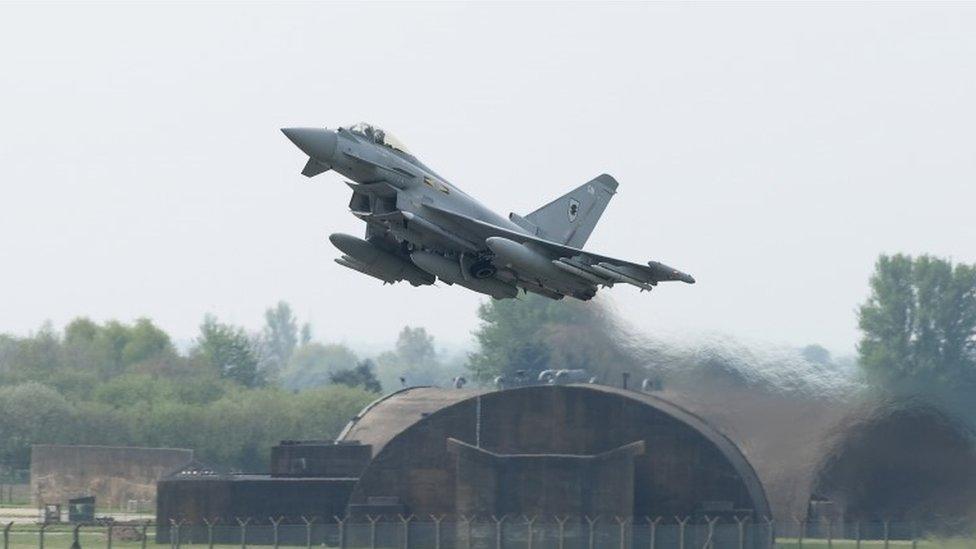
The life of the RAF's Typhoon jets will be extended by 10 years through to 2040
This will allow the creation of two extra squadrons, giving a total of seven front line squadrons each with about a dozen aircraft
Investment will be made in ground attack capability and a new radar system
Capable of a range of operations including air policing, peace support and high-intensity conflict

F-35 fighters
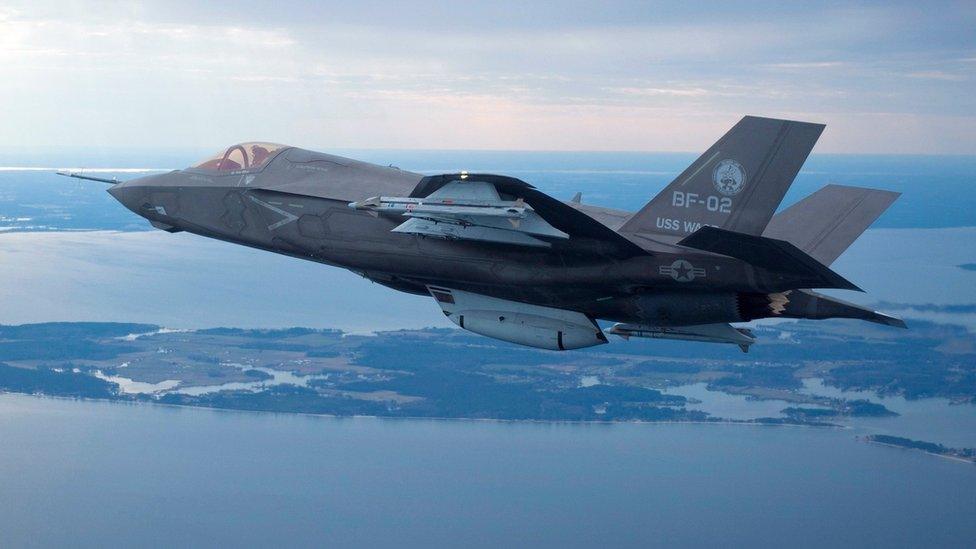
The UK is to speed up the purchase of new fighter jets to increase aircraft carrier capability
It will mean there will be 24 F-35 Joint Strike Fighter aircraft available on the UK's two new aircraft carriers by 2023

Other announcements
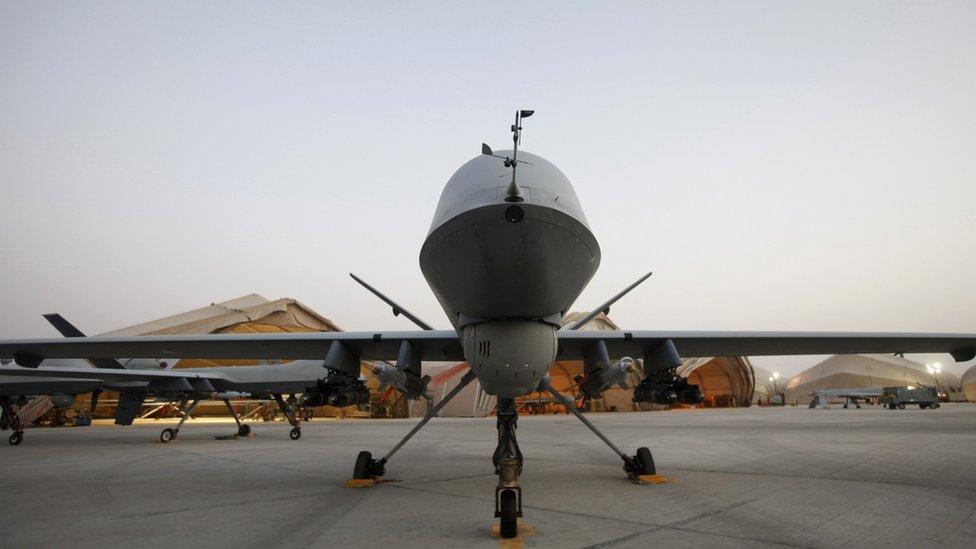
The government has already announced the SAS and other special forces will get an extra £2bn to improve equipment
At least 13 new frigates and two new offshore patrol vessels will be bought by the government - including eight Type 26 anti-submarine warfare frigates
The RAF will double its number of drones
An extra £1.9bn will be spent on cyber-security and 1,900 new spies will be recruited
Chancellor George Osborne pledged in his summer Budget to meet Nato's target of spending 2% of national income on defence every year, up to 2020

What is the reaction?
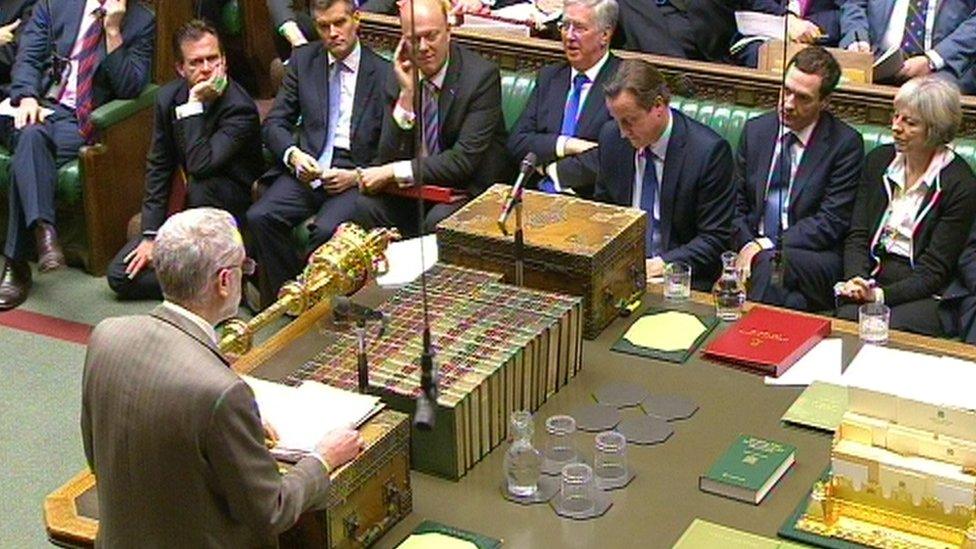
Labour leader Jeremy Corbyn told MPs Britain needed "strong military and security forces to keep us safe", but said his party's own review would "recognise that security is about much more than defence"
Liberal Democrat leader Tim Farron said: "Only this government could create a 'rapid reaction force' and will take 10 years to react"
Angus Robertson, SNP leader in Westminster, hit out at plans to replace Trident, labelling it a "super-expensive vanity project"
Kate Hudson, general secretary of CND, said the cost of the Trident replacement was now "outrageous" and the government had "completely lost control of the budget"
Terry Scuoler, chief executive of EEF, the manufacturers' organisation, said the announcement was "a welcome boost for UK defence" and presented an opportunity for UK firms
- Published23 November 2015

- Published23 November 2015
